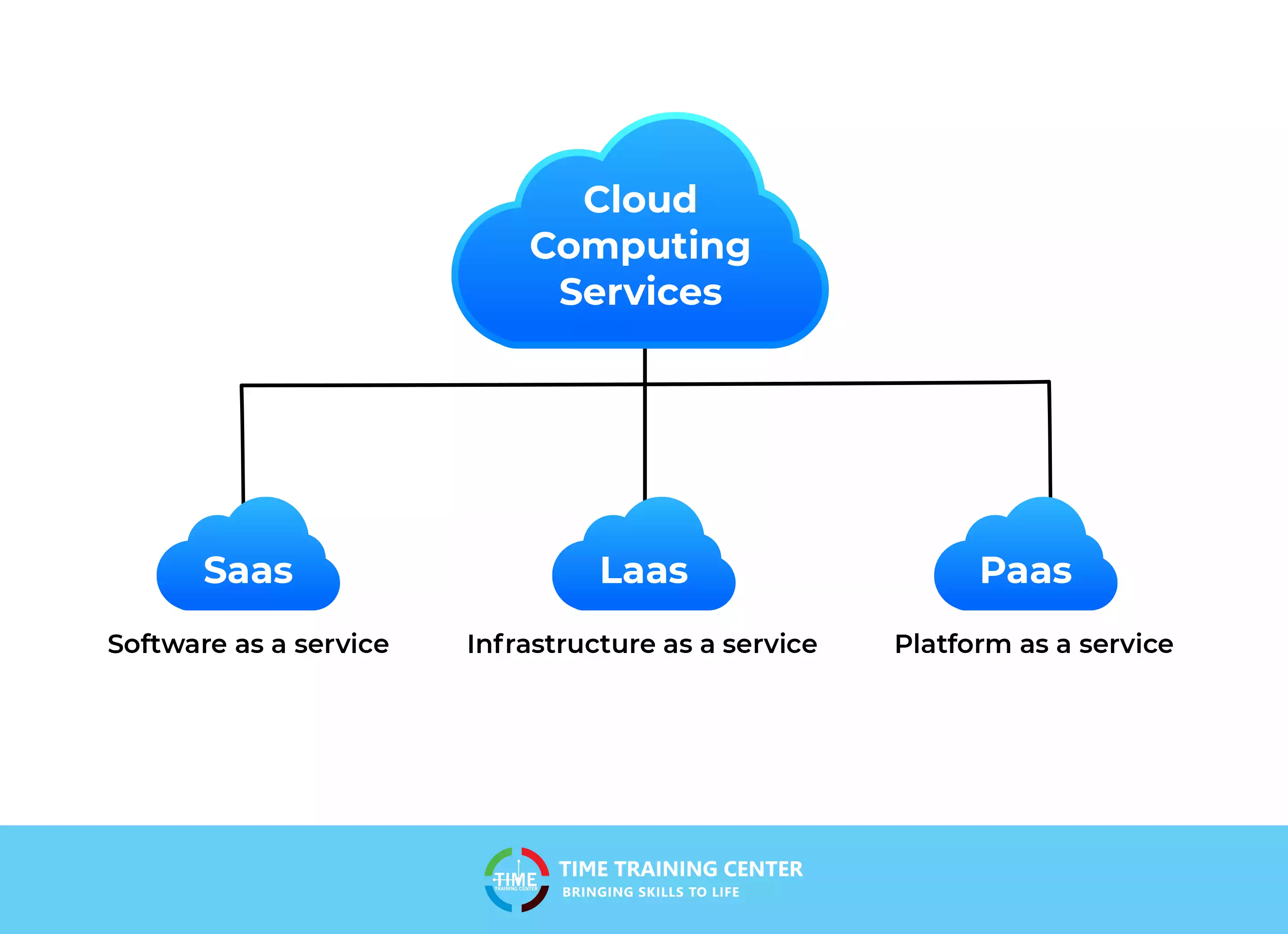Optimize Effectiveness with LinkDaddy Cloud Services for Your Business
Optimize Effectiveness with LinkDaddy Cloud Services for Your Business
Blog Article
Harnessing the Potential of Cloud Solutions for One-upmanship on the market

Advantages of Cloud Services

Cost-efficiency is one more substantial benefit of cloud solutions, as companies can avoid large in advance investments in equipment and software application. Instead, they can go with a pay-as-you-go design, just spending for the resources they take in. This affordable method enables services to assign economic sources more strategically, buying various other areas that drive development and innovation. In general, the advantages of cost-efficiency, flexibility, and scalability make cloud solutions a valuable possession for companies seeking a competitive side in today's dynamic market landscape.
Cloud Migration Approaches
Cloud migration calls for careful planning and seamless implementation to make certain a smooth transition of digital possessions to cloud-based settings. One usual approach is the "Raise and Change" method, where existing systems are moved to the cloud without significant modifications.
Alternatively, the "Replatforming" technique entails making small changes to applications to maximize their efficiency in the cloud setting. This approach strikes an equilibrium in between rate and optimization, enabling companies to benefit from cloud abilities while decreasing disturbances.
For even more facility systems, the "Refactoring" strategy, also called "rearchitecting," entails revamping applications to be cloud-native. While this method requires more time and sources, it can make the most of the advantages of scalability, adaptability, and cost-efficiency that cloud systems use.
Eventually, selecting the appropriate cloud movement method depends upon elements such as the company's goals, budget, timeline, and technological needs. By very carefully examining these considerations, businesses can efficiently transition to the cloud and gain a competitive edge in the market.
Enhancing Data Security Procedures
After carrying out cloud movement methods, organizations have to focus on improving information safety measures to secure their digital properties efficiently. Information security is vital in the electronic age, specifically when leveraging cloud services that entail transferring and saving delicate information. To strengthen information protection, organizations ought to consider executing file encryption strategies to shield data both at rest and en route. Security guarantees that even if unauthorized celebrations access the information, it stays muddled and pointless. Additionally, applying multi-factor authentication adds an additional layer of protection by requiring customers to supply several forms of verification prior to accessing sensitive information.
Regular protection audits and susceptability evaluations are important to determine and deal with any type of weak factors in the data protection facilities promptly. Training employees on finest methods for information protection and implementing rigid accessibility controls can likewise alleviate the danger of interior information violations. By buying durable information safety steps, organizations can instill count on among their consumers and stakeholders, eventually getting an one-upmanship in the market.
Leveraging Cloud for Scalability
Executing cloud solutions enables companies to dynamically adjust sources according to demand, enhancing scalability and maximizing functional performance. Scalability in the cloud context refers to the capability to rapidly and easily boost or decrease resources as required, providing services with the flexibility to fulfill changing requirements.
Additionally, leveraging cloud scalability enables services Get More Info to respond immediately to market changes, seasonal needs, or unexpected development, making sure uninterrupted service distribution without incurring unneeded costs. By scaling resources up or down in real-time, companies can keep optimal performance levels while managing expenditures. In addition, scalable cloud services encourage business to introduce rapidly, deploy brand-new applications successfully, and adapt to advancing business requirements with agility. On the whole, embracing cloud scalability is a strategic move that cultivates competitiveness and settings organizations for lasting development in today's vibrant market landscape.

Applying Cloud-Based Collaboration
Partnership in contemporary business atmospheres has actually undertaken a considerable transformation through the combination of cloud-based innovations. Cloud-based partnership tools have changed the method teams interact, offering real-time interaction, record sharing, and project administration capacities no matter of physical area. By executing cloud-based cooperation services, organizations can improve productivity, increase performance, and simplify operations.
One of the key benefits of cloud-based partnership is its capacity to damage down communication obstacles amongst staff member. With functions like instantaneous messaging, video conferencing, and virtual whiteboards, workers can collaborate perfectly and remain linked despite where they are located. Cloud-based collaboration devices help with easy access to shared resources and files, making it possible for group participants to work together on projects in a synchronous manner.
In addition, cloud-based collaboration promotes flexibility and agility within companies by allowing remote work and cultivating cross-functional team effort. Workers can collaborate in real-time, share responses immediately, and choose collectively, causing quicker improved and analytical advancement. In general, carrying out cloud-based collaboration is necessary for contemporary companies aiming to stay affordable in today's hectic and interconnected market landscape.
Verdict
Finally, the use of cloud services uses various advantages for organizations seeking an one-upmanship out there. By implementing cloud migration techniques, improving information safety procedures, leveraging scalability, and utilizing cloud-based collaboration, businesses can enhance performance, lower costs, and remain ahead of the competition. Embracing the potential of cloud services is important for companies aiming to succeed in today's swiftly developing organization landscape.
The ability to harness the capacity of cloud solutions supplies companies various advantages, from enhanced dexterity and scalability to boosted partnership and information safety. As companies navigate the intricacies of cloud migration and discover ingenious methods to utilize cloud technology, the inquiry emerges: How can companies efficiently make use of cloud solutions to not only maintain up with but additionally surpass their rivals in the vibrant marketplace?
Additionally, the adaptability offered by why not check here cloud services allows companies to gain access to information and applications from anywhere, advertising remote Read Full Report job and cooperation amongst teams situated in different geographical areas. - Cloud Services
By implementing cloud migration approaches, improving data safety and security actions, leveraging scalability, and making use of cloud-based cooperation, services can boost effectiveness, minimize prices, and remain in advance of the competitors. Accepting the possibility of cloud services is necessary for organizations looking to succeed in today's swiftly developing service landscape.
Report this page